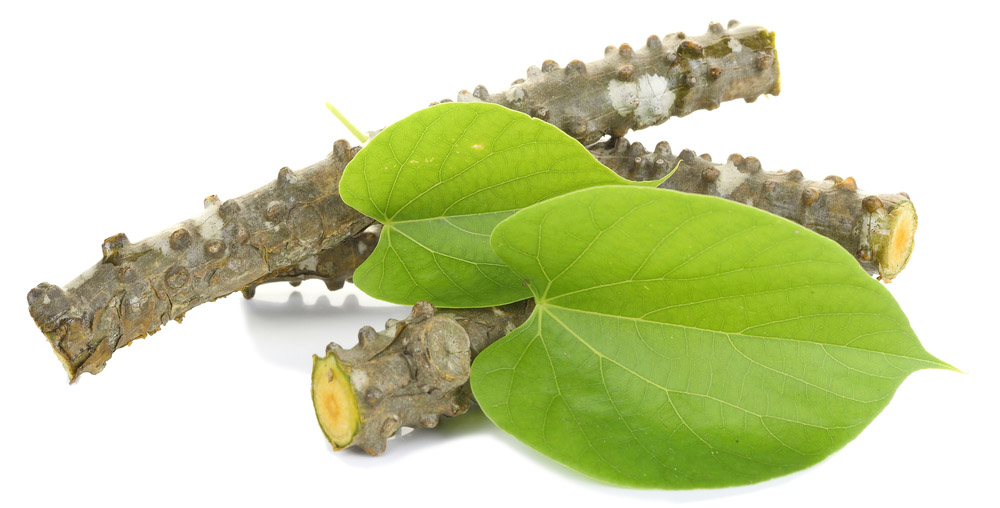

Plant Extract Found to Have Glucose Lowering Effect
In vivo study confirms anti-hyperglycemic activity of plant extract 2-[(trimethylsilyl)-oxy]-, methyl ester (cas) methyl o-trimethylsilyl-salicylate
Diabetes is a major public health problem that is approaching epidemic proportions globally. The World Health Organisation estimates that diabetes affects 422 million adults worldwide and is responsible for 1.5 million deaths each year1.
Diabetes is a chronic disease characterized by dangerously high levels of glucose in the blood (hyperglycemia). It arises as a consequence of the body not producing sufficient insulin to remove excess glucose from the blood. Uncontrolled, diabetes can lead to a range of life-threatening conditions.
For patients who do not produce any insulin (type 1 diabetes) regular insulin injections are required. However, type 2 diabetes, in which insulin production declines, can be managed using oral medications that promote the effects of insulin, such as metformin and glibenclamide. Although a wide variety of such agents are available they can have unpleasant unwanted side effects, most commonly affecting the gastrointestinal system. These can become unbearable for some patients and so much research is ongoing to find alternative effective treatments with better tolerability profiles.
Natural remedies have been a key focus in the search for alternative treatments for type 2 diabetes. Indeed, many herbal remedies have been widely used to lower blood glucose levels2. Based on the structural characteristics of the plant compounds shown to have anti-hyperglycemic efficacy, a further 400 plants have been identified as having the potential to lower blood glucose levels. Ongoing research is investigating which of these may provide a well-tolerated treatment for type 2 diabetes.
One of the plants that has been recently investigated is Pericampylus glaucus, a member of the Menispermaceae family that has been used in the treatment of a range of conditions. It has already been shown to be an effective antioxidant and have efficacy against some cancers and viral infections, including acquired immunodeficiency syndrome (AIDS)3. Furthermore, in Malaysia the roots and leaves of Pericampylus glaucus are used in traditional remedies for high blood sugar.
A compound isolated from the plant Pericampylus glaucus has now been shown to possesses significant glucose lowering properties4. Hydrogen-NMR spectra of the fraction collected from the plant, performed using the Bruker BioSpin Avance 400 MHz NMR spectrophotometer, revealed a single signal. The compound was subsequently identified via its chemical shift spectra to be 2-[(trimethylsilyl)-oxy]-, methyl ester (cas) methyl o-trimethylsilyl-salicylate.
Administration of the Pericampylus glaucus extract to STZ-induced diabetic rats significantly reduced blood glucose levels compared with the untreated diabetic mice. Furthermore, extract of Pericampylus glaucus demonstrated similar reductions in glucose levels to the glucose-lowering drug glibenclamide. After 24 hours, glucose levels in mice that had been administered the plant extract had fallen even further than those in mice receiving glibenclamide.
This study indicates that Pericampylus glaucus plant extract effectively lowers high blood glucose levels in mice. Further investigations into the suitability of this plant for development into remedies for use in the management of diabetes in man are therefore justified.
References:
- World Health Organization Diabetes Fact Sheet 2017. Available at http://www.who.int/diabetes/en/
- Patel DK, Prasad SK, Kumar R, Hemalatha S. An overview on antidiabetic medicinal plants having insulin mimetic property. Asian Pac J Trop Biomed 2012;2:320‑330.
- Kifayatullah M, Sengupta P, Mustafa MS, et al. Evaluation of Ethanolic Extract of Pericampylus glaucus (Lamk.) Merr for Total Phenolic, Total Flavonoids Contents and In-vitro Anti- Oxidant Activity. International Journal of Pharmacognosy and Phytochemical Research 2015;7:677- 83.
- Kifayatullah M, Shahimi M, Kaleemullah, Muhammad SK. Anti-diabetic Activity of Compound “2-[(trimethylsilyl) oxy] – Methyl Ester (cas) Methyl-o-trim-ethyl-silylsalicylate” Isolated from Pericampylus glaucus (Lam) Merr in STZ-Induced Diabetic Rats. J Basic Clin Pharma 2017;8:68‑73.

